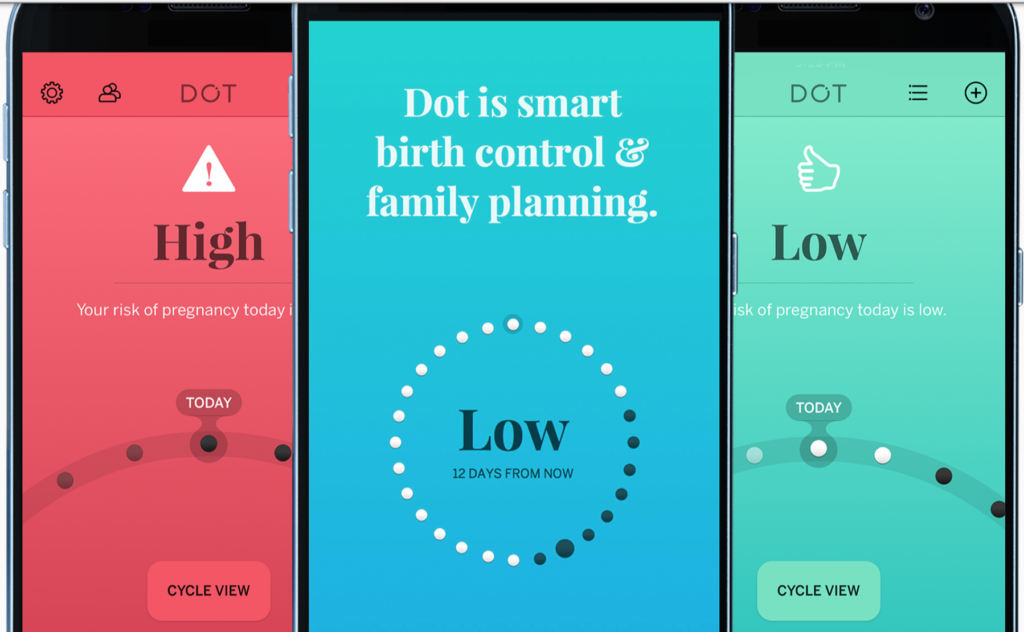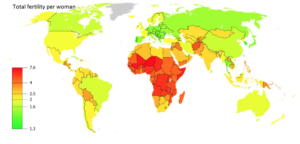
In 1965 I visited a medical meeting where an Australian couple, both physicians, advocated a new natural family planning method. The Doctors Billings claimed their method was very effective, could be used easily by any couple and was approved by the Catholic Church.
Natural family planning makes use of the fact that women are not fertile every day. A woman can have intercourse certain days of her cycle with little risk of conceiving, but the problem is knowing when the infertile days are. Fortunately, there are several clues.
Normally a woman bleeds for 4 to 7 days and is most fertile for several days around the middle of the month. When the bleeding stops, but before ovulation occurs, her ovaries make more estrogen. Estrogen causes cervical glands to secrete egg-white-like mucus to facilitate sperm swimming into the uterus. Ovaries increase progesterone secretion when ovulation occurs, usually in the middle of the cycle. This hormone causes cervical mucus to become thick and tacky. The Billings Method teaches women to observe these cervical mucus changes to discover when they are fertile.
It is difficult to study the success rate of any family planning method, but especially of natural family planning. Let’s look at how birth control effectiveness is computed. With an IUD, women are infertile as long as it is in place. The couple doesn’t have to do anything for the IUD to prevent pregnancy, so typical use is the same as ideal use. On the other hand, if a woman is using “the pillâ€, she must remember to take it about the same time every day. It is easy to forget a pill now and then, resulting in failure. The pill’s ideal failure rate is quite low, but the typical failure rate is significantly higher.
Because natural family planning requires a couple to abstain from unprotected intercourse when the woman is fertile, the pregnancy rate is typically higher than ideal. After all, we are human! That is why some couples will use condoms or other barrier method if they have intercourse during the fertile time.
Unfortunately, recent figures don’t bear out the Billings’ claim of effectiveness; the typical failure rate is about 20%. One in five women will conceive a pregnancy using periodic abstinence based on cervical mucus. When a woman does get pregnant while in a study of natural family planning, it is easy for her to rationalize that she really wanted to conceive. This a factor why some studies report very low pregnancy rates. Asking about pregnancy intention in advance is important when doing a study of any contraceptive method.
Natural family planning has moved into the 21st century! Now there are almost 100 software apps for smartphones, tablets and computers that can help women determine when they are fertile. None of them is perfect, of course, and some are pretty poor. Two have been evaluated scientifically and risen to the top.
In order to predict when an individual is most likely to be fertile, Natural Cycles uses the duration of several menstrual cycles. Although the calendar method of natural family planning has been used for decades, this app “learns†from several months of data to make it more accurate. In addition, Natural Cycles uses the rise in woman’s temperature that occurs with ovulation which requires a special thermometer, adding cost.
The Dot fertility app has been examined stringently. It relies on menstrual cycle length to determine the fertile days and uses a sophisticated formula to adapt to the individual woman’s cycle. The study enrolled over 700 women and followed them for 13 cycles. The women reported each day if they were bleeding, if they had intercourse, if they used protection such as a condom—and if they wanted to conceive or not. If a pregnancy was suspected, the women were mailed a pregnancy test.
The “perfect use†pregnancy rate for both these natural family planning methods was only 1%–ranking the them along with birth control pills! As you can expect, not all couples paid attention to the recommendations of their app. Therefore the typical user failure rate was higher. However unintended pregnancy rates of 8% for Natural Cycles and 5% for Dot are still quite good.
           Natural family planning isn’t for everyone. It doesn’t protect against AIDS, chlamydia or other sexually transmitted infections. Some couples may have difficulty abstaining or using a barrier method for several days each menstrual cycle. For couples in this era of computers and smartphones it offers an option that is quite effective and has no side effects.
©Richard Grossman MD, 2019
